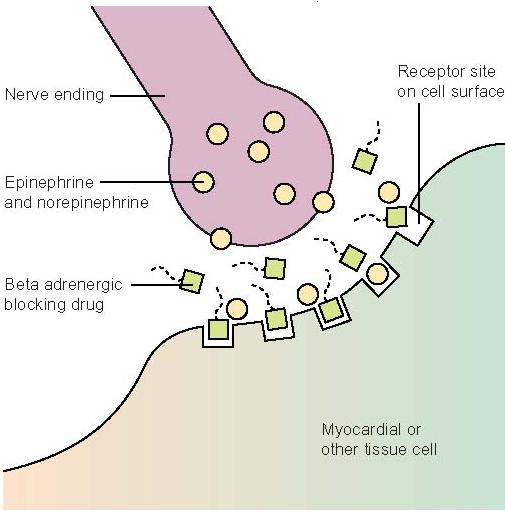Noradrenaline (norepinephrine)
The Noradrenaline (norepinephrine) tartrate is a substance released obviously by the nerve cells. It generates wide variety of effects on many regions of the body and is frequently termed to as a 'fight or flight' chemical, as it is answerable for the body's reaction to stressful cases.
The Noradrenaline generally produces effects like increased heart rate, dilation of pupils, increased blood pressure, and dilation of air passages in the lungs and narrowing of blood vessels in non-necessary organs. This enables the body to execute well in stressful cases.
The Noradrenaline works by motivating receptors (adrenoceptors) that are found all over the body. Whenever injected into a vein, the noradrenaline acts mostly on the type of adrenoceptor termed as an alpha receptor. These are here in the muscle within the walls of the blood vessels of the extremities. By stimulating such alpha receptors, the noradrenaline causes the muscle to contract. These outcomes in narrowing of the blood vessels.

Narrowing the blood vessels in the extremities redirects blood to necessary organs like the heart and brain. It also generates greater resistance for the heart to beat against, and this increases the blood pressure. The Noradrenaline is used to restore the blood pressure to general in emergency situations whenever blood pressure has dropped dangerously low.